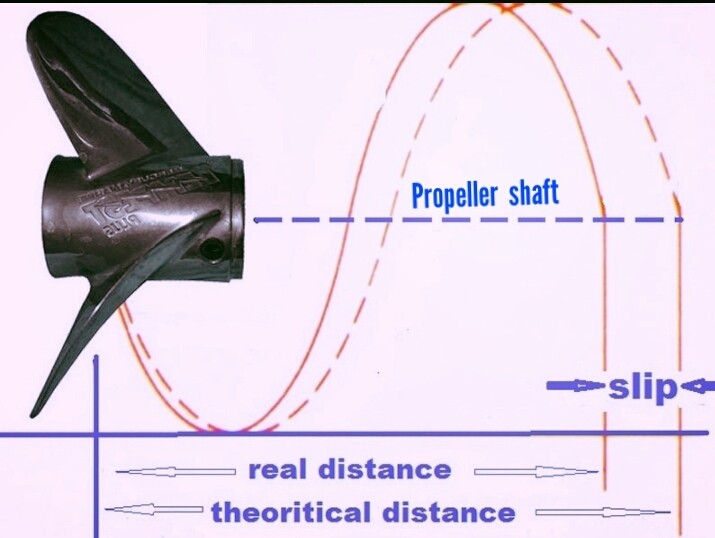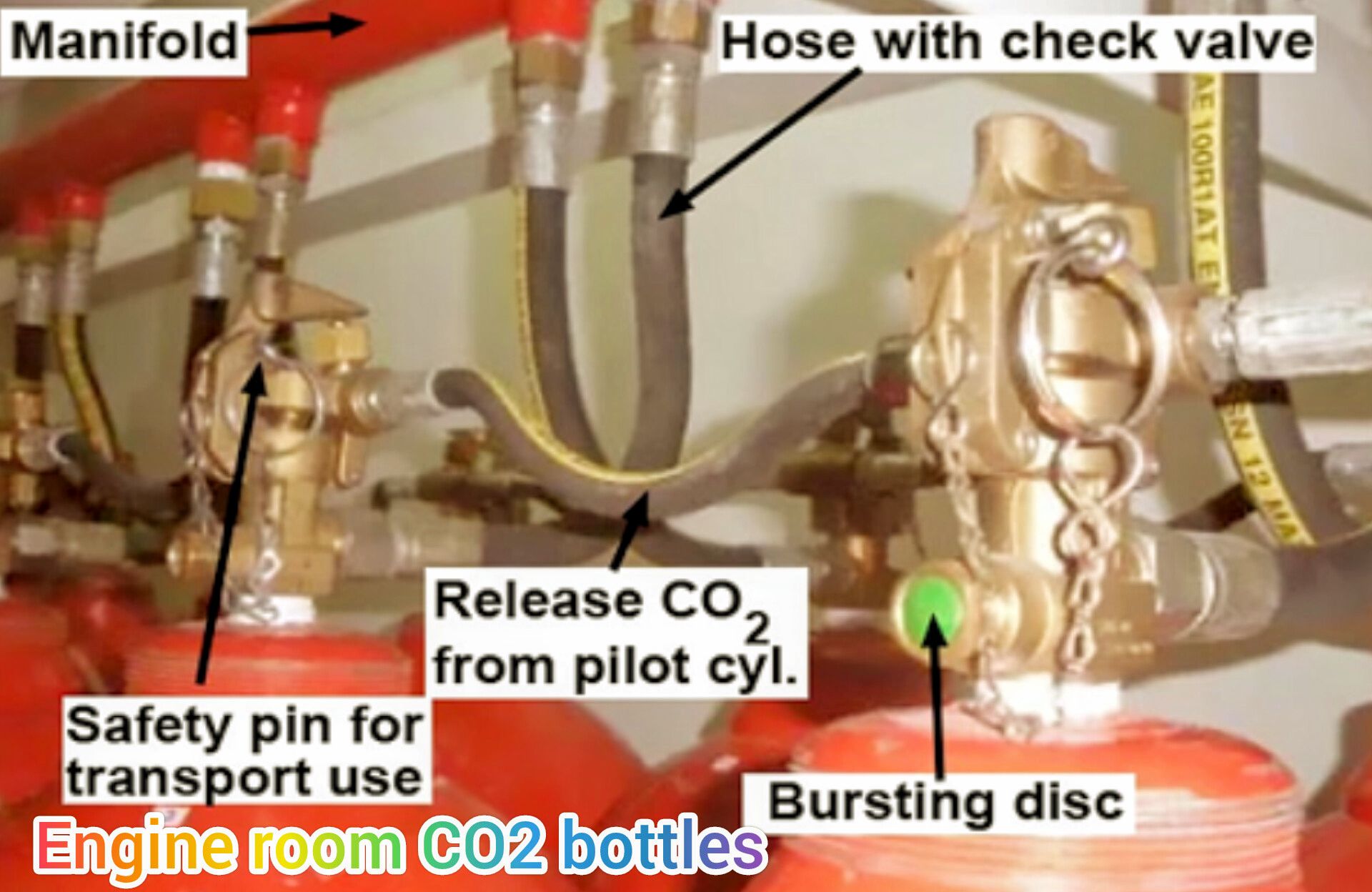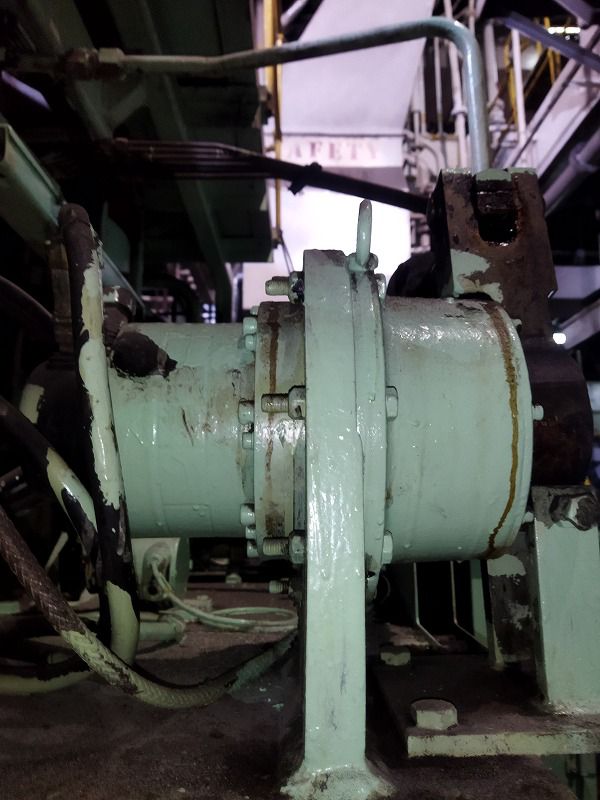Ship slip is one of the essential parameters which does not display in the Engine room or navigation room (bridge) directly, on like other gauges; eg. Temperature, Pressure, Level, vacuum, etc.
Therefore, On this article, we will walk you through on two short guides on how to calculate ship slip.
What is the ship slip?
Ship slip is the difference between the speed of the Engine and the actual observed speed of the ship.
SLIP
Slip = 100% – Efficiency
Where,
Efficiency = observed distance covered or engine speed.
If the engine speed cannot be read due to rough weather, then observed speed in nautical miles/hour(NM/h) can be used.
Apparent Slip
Apparent Slip = propeller distance covered per day – ship distance covered per day.
Where,
Propeller distance (NM) = Total engine revolution per day x pitch (m)
Why does slip happen on propeller?
Propeller Slip happens because the propeller is in a fluid (water), and the fluid has viscous properties. This can also happen in every medium, such as air.
The other usual formula to calculate propeller Slip is as shown:

NOTE: All marine engineers are to learn and know how to calculate slip, bunker, etc. See and download a program for FO bunker calculation
Like this article? Share to friends who might find it useful and don’t forget to Subscribe for email updates.










3 thoughts on “2 Ways to calculate ship slip”
Pingback: what is slip pitch - howinfo.org
You are also right on your slip calculation. thanks for sharing your idea.
my way of calculating Ship slip is as followed :
Slip (percent) = Engine distance – ship’s distance/ Engine’s distance X 100.
Engine distance = Pitch X RPM X 60 X 24 / 1852.
for Example
ED = (4.5 X 90 X 60 X 24)/1852
=314.902.
Ship’s distance = 24 X 20
= 480.
Therefore slip = (314.902-480)/314.902 x 100
= -52.4%
Propeller Slip = Actual forward speed/ Theoretical forward speed.